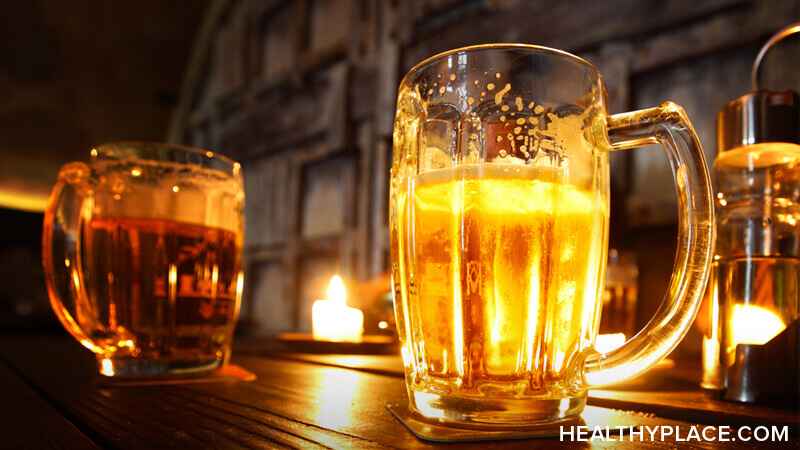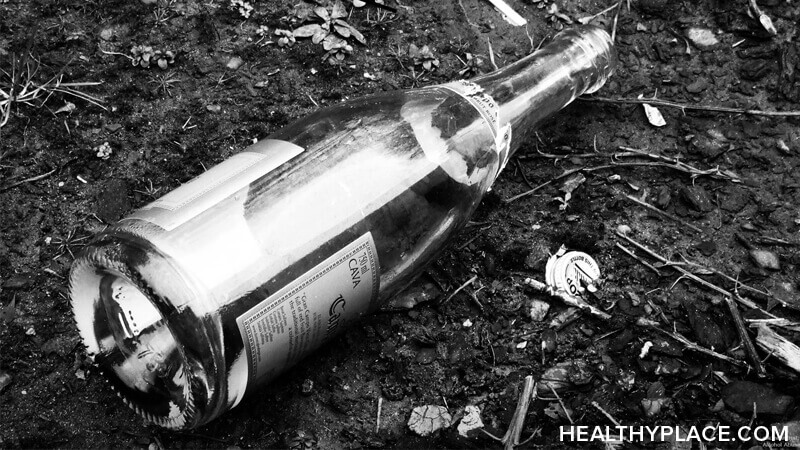Alcohol Use and Abuse Statistics

Alcohol is the most widely used drug in North America so alcohol and alcohol abuse statistics are common. More than half of the adults 18 years or older in the U.S. are considered regular drinkers, consuming at least 12 drinks in the last year.
Alcohol Statistics - Binge Drinking
Binge drinking is rising and is one of the most dangerous patterns seen in alcohol use statistics. Alcohol abuse statistics reveal binge drinking (drinking too much alcohol) leads to, and is involved with, acute injury such as alcohol poisoning, domestic violence, sexual assault, traffic accidents, falls, drowning, burns and firearms injuries.iv
Binge drinking is defined as:
- For women, 4 or more drinks on a single occasion (within a 2 hour period)
- For men, 5 or more drinks on a single occasion (within a 2 hour period)
Alcohol abuse statistics show the following about binge drinking:
- Although college students commonly binge drink, alcohol statistics show that 70% of binge drinking episodes involve adults age 26 years and older
- More men than women binge drink
- Binge drinkers are 14 times more likely to report alcohol-impaired driving
- About 75% of the alcohol consumed by adults in the United States is in the form of binge drinking
Alcohol Statistics - Heavy and Excessive Drinking
Heavy drinking is defined as:
- For women, more than 1 drink per day on average
- For men, more than 2 drinks per day on average
Excessive drinking includes heavy drinking, binge drinking or both. Alcohol abuse statistics show that approximately 92% of U.S. adults who drink excessively report binge drinking in the past 30 days. Men average about 12.5 binge drinking episodes per year; alcoholism statistics then, showing this average to be excessive drinking.
Alcohol Statistics - Health and Alcohol Use Statistics
Alcoholism statistics concerning health are shocking. In 2005, there were more than 1.6 million hospitalizations and more than 4 million emergency room visits for alcohol-related conditions. Alcohol statistics also indicate that there are 79,000 deaths per year in the U.S. attributable to excessive alcohol use.v
Alcoholism statistics also show the following effects of alcohol:
- Miscarriage and stillbirth among pregnant women, and a combination of physical and mental birth defects among children that last throughout life
- Neurological problems
- Cardiovascular problems
- Depression, anxiety and suicide
- Multiple types of cancer
- Multiple types of liver disease
- 3.6% of all cancer cases worldwide are related to alcohol drinking, resulting in 3.5% of all cancer deaths
- Effects of alcohol on the brain
Alcohol Statistics - Violence and Alcohol Use Statistics
There is a long known correlation between alcohol use and violence. Alcohol abuse is a greater predictor of future violence than almost any other factor. In the case of family violence, alcohol statistics indicate:
- In cases of domestic partner or child violence, 35% of offenders were under the influence of alcohol
- Alcohol is associated with 2 out of 3 instances of intimate partner violence
- Alcohol abuse statistics also show that alcohol is a leading factor in child maltreatment and neglect cases, and is the most frequent substance abused among these parents
APA Reference
Tracy, N.
(2021, December 15). Alcohol Use and Abuse Statistics, HealthyPlace. Retrieved
on 2025, May 23 from https://www.healthyplace.com/addictions/alcoholism/alcohol-use-and-abuse-statistics








